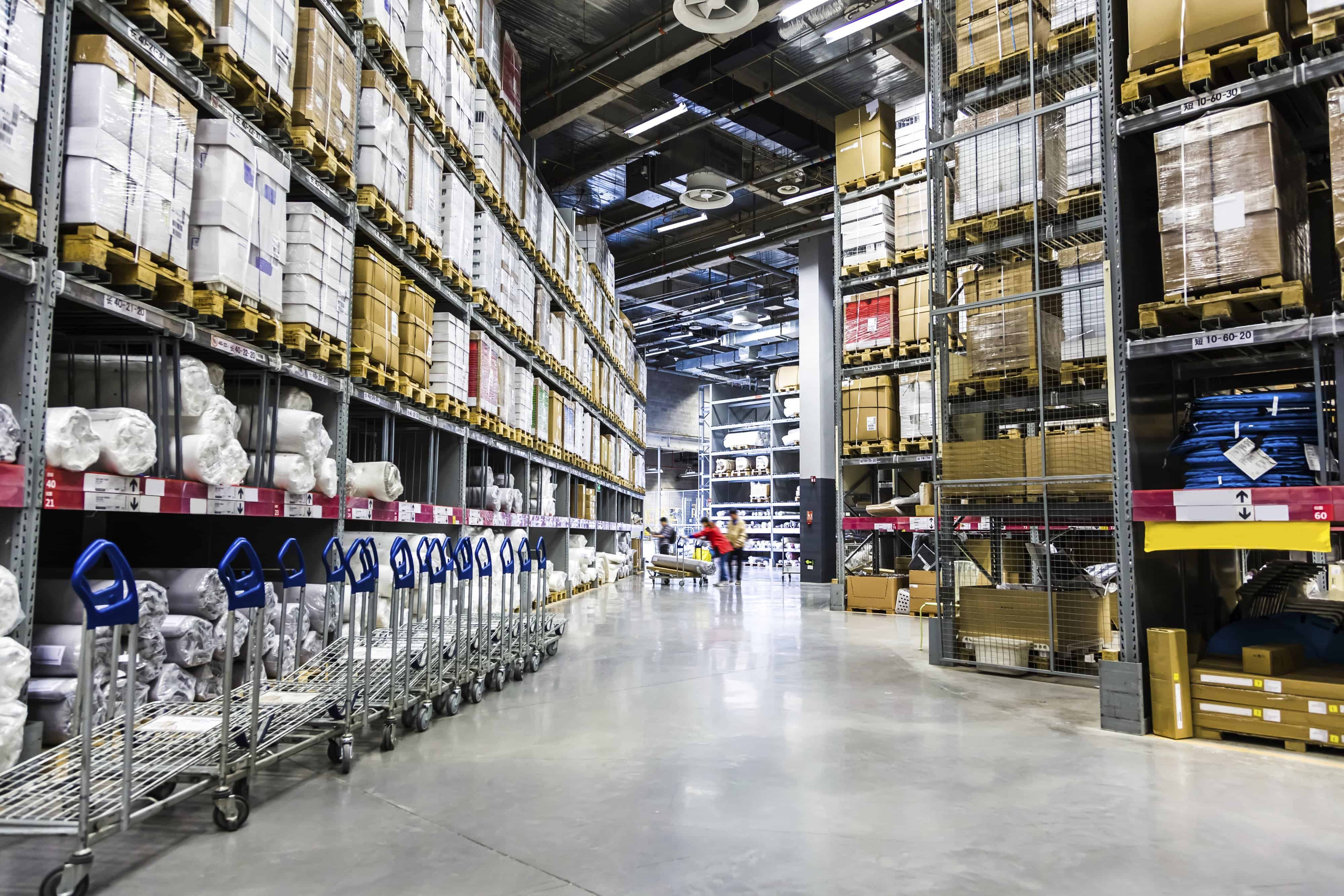
Image Source: Google
Efficiency is paramount in supply chain management, and the future of warehousing lies in optimizing processes to meet the demands of a rapidly evolving industry. With advancements in technology and shifts in consumer behavior, supply chain warehousing is undergoing a transformation to improve speed, accuracy, and sustainability. Let's delve into the key trends and strategies shaping the future of supply chain warehousing.
The Role of Automation and Robotics
Benefits of Automation in Warehousing
- Increased efficiency: Automation can streamline processes and reduce the time taken to complete tasks.
- Improved accuracy: Automated systems are less prone to errors, leading to higher precision in inventory management and order fulfillment.
- Cost savings: While the initial investment in automation may be high, the long-term benefits include reduced labor costs and improved resource utilization.
Examples of Robotic Applications in Warehousing
- Autonomous mobile robots (AMRs) for picking and transporting goods within warehouses.
- Automated guided vehicles (AGVs) for material handling and transporting heavy loads.
- Robotic arms for sorting, packing, and palletizing products for shipment.
Utilizing Data Analytics for Decision-Making
Importance of Data in Warehousing
- Real-time insights: Data analytics enable warehouses to monitor operations and make informed decisions promptly.
- Forecasting accuracy: By analyzing historical data and market trends, warehouses can better predict demand and optimize inventory levels.
- Process optimization: Data analytics can identify bottlenecks in operations and suggest improvements for enhanced efficiency.
Implementation of Data Analytics Tools
- Inventory management systems with built-in analytics for tracking stock levels and order patterns.
- Warehouse management software that integrates data from various sources to provide a comprehensive view of operations.
- Predictive analytics tools for forecasting demand and optimizing warehouse layouts for better flow of goods.
Adopting Sustainable Practices in Warehousing
Benefits of Sustainability in Supply Chain Warehousing
- Cost savings: Sustainable practices such as energy-efficient lighting and recycling programs can reduce operational expenses.
- Reduced environmental impact: By minimizing waste and carbon emissions, warehouses can contribute to a greener future.
- Enhanced reputation: Consumers are increasingly favoring eco-friendly businesses, boosting brand image and customer loyalty.
Strategies for Sustainable Warehousing
- Investing in renewable energy sources like solar panels to power warehouse operations.
- Implementing waste reduction measures such as composting organic waste and recycling packaging materials.
- Optimizing transportation routes to minimize fuel consumption and emissions during product delivery.
Embracing Agility and Flexibility
Importance of Agility in Modern Warehousing
- Rapid response to market changes: Agile warehouses can quickly adapt to fluctuations in demand and supply chain disruptions.
- Customization for diverse needs: Flexible warehousing solutions cater to varying requirements of different products and customers.
- Scalability for growth: Agile practices allow warehouses to expand or contract operations based on business dynamics.
Strategies for Building Agile Warehousing
- Implementing cloud-based systems for easy scalability and remote access to warehouse data.
- Utilizing modular storage solutions that can be easily reconfigured to accommodate changing inventory needs.
- Establishing partnerships with third-party logistics providers to access additional resources during peak periods or unforeseen challenges.